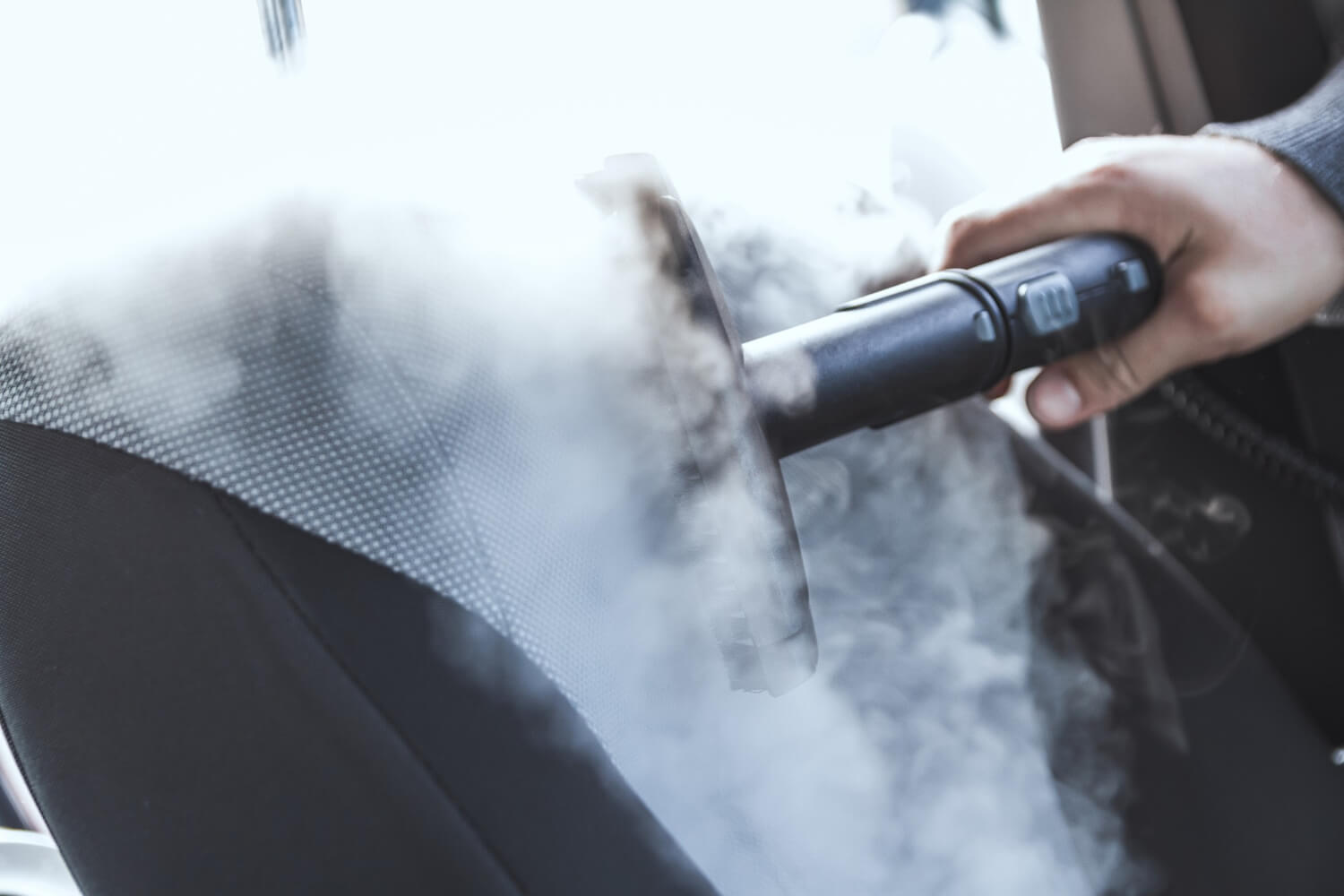Modern businesses rely heavily on transportation—whether it’s a small service company, a large logistics operation, or any organization with a vehicle fleet. The performance and reliability of those vehicles directly affect operational costs, productivity, and long-term profitability. One increasingly valuable solution for maintaining engine health is car carbon cleaning, a process that removes harmful carbon buildup and restores engine efficiency.
Advanced systems like the H2E Machine have become particularly popular among businesses because they offer an eco-friendly, cost-effective, and highly efficient approach to engine maintenance. Instead of relying solely on expensive mechanical repairs or chemical additives, many companies are now incorporating carbon cleaning as a preventive strategy that supports smoother operations and lower expenses.
Understanding Carbon Buildup and Its Impact on Business Operations
Every internal combustion engine eventually accumulates carbon deposits. These deposits form inside combustion chambers, on pistons, valves, injectors and intake components. While this process is natural, it accelerates under conditions common in business and fleet environments—frequent short trips, constant idling, heavy loads, and long operational hours.
For businesses, the consequences of carbon buildup can be far more than just technical. Poor engine performance affects:
-
Fuel efficiency, increasing operating expenses.
-
Vehicle reliability, leading to unexpected downtime.
-
Maintenance budgets, due to worn or damaged components.
-
Environmental compliance, especially for companies required to meet emission standards.
Because of this, many organizations now treat carbon cleaning not as an optional service, but as a strategic maintenance investment.
How Car Carbon Cleaning Works
Although there are several methods for removing carbon, hydrogen-based cleaning has gained the most attention in the business sector. Solutions like the H2E Machine use a hydrogen-rich gas mixture introduced into the air intake. As the gas enters the combustion chamber, it reacts with carbon deposits, breaking them down into harmless particles that exit through the exhaust system.
Key advantages include:
-
No dismantling of engine components
-
Short service time (usually under an hour)
-
Immediate improvements in responsiveness
-
Lower fuel consumption
-
Reduced emissions
This makes hydrogen-based cleaning ideal for companies seeking fast, non-disruptive maintenance routines that keep vehicles in continuous operation.
Why Carbon Cleaning Matters for Business Vehicles
1. Reduced Fuel Expenses
Fuel is often one of the highest recurring costs for businesses that operate multiple vehicles. Even a small improvement in fuel economy—5% to 10%—can produce significant savings over time. Since carbon deposits restrict airflow and disrupt combustion efficiency, removing them allows the engine to burn fuel more completely and economically.
2. Extended Engine Lifespan
The wear and tear caused by carbon buildup often leads to expensive repairs: clogged EGR valves, damaged injectors, or failing turbochargers. Regular carbon cleaning reduces stress on these components, helping businesses prolong the useful life of their vehicles and avoid premature replacements.
3. Fewer Mechanical Failures
Breakdowns are costly—both in terms of repair bills and lost productivity. Smooth-running engines are far less likely to experience sudden failures. For companies that rely on daily transportation, this reliability can make the difference between meeting deadlines or facing operational disruptions.
4. Better Environmental Compliance
Many regions now enforce strict emissions standards. High emissions can lead to fines, failed inspections, or negative public perception. Carbon cleaning significantly lowers harmful exhaust gases, helping companies operate responsibly and avoid regulatory issues.
5. Higher Resale Value
Businesses that renew fleet vehicles every few years can benefit from cleaner engines, which typically show better performance during inspection and command higher resale prices.

H2E Machine: A Business-Friendly Carbon Cleaning Solution
The H2E Machine is designed not just for drivers, but particularly for businesses that need a reliable, scalable, and cost-efficient maintenance solution. Its key strengths include:
Professional-grade technology
Built for workshops, fleets, and industrial use, offering consistent results without damaging sensitive engine components.
Eco-friendly operation
Hydrogen-based cleaning avoids harsh chemicals and reduces environmental impact—important for companies focused on sustainability.
Fast service time
Businesses appreciate that vehicles can be returned to operation quickly, avoiding long maintenance downtime.
Compatibility with various engines
Diesel, gasoline, commercial trucks, industrial machines, and even marine engines can benefit from this technology.
Long-term cost savings
For businesses managing multiple vehicles, the cumulative financial benefit can be substantial—lower fuel use, fewer repairs, better reliability.
Is Car Carbon Cleaning Suitable for All Businesses?
Almost any organization that relies on vehicles can benefit from carbon cleaning, including:
-
Delivery services
-
Taxi and ride-share companies
-
Logistics and freight transport
-
Construction firms
-
Mobile service providers
-
Corporate fleets
-
Auto repair shops offering added services
Businesses that operate diesel engines or vehicles that frequently idle (such as delivery vans) often see the most significant improvements.
How Often Should Businesses Perform Carbon Cleaning?
The ideal frequency depends on mileage, operational conditions, and engine type. However, fleet managers commonly schedule cleaning every:
-
15,000–20,000 km for heavy-use commercial vehicles
-
20,000–30,000 km for mixed-use vehicles
-
Once per year for standard business cars
Companies with telematics systems can track performance metrics and schedule cleaning when fuel efficiency begins to drop.
Combining Carbon Cleaning With a Preventive Maintenance Strategy
While carbon cleaning is highly effective, it works best when combined with other best practices:
-
High-quality engine oil
-
Regular oil and filter changes
-
Proper tire pressure
-
Good driving habits
-
Routine diagnostics and engine health monitoring
Together, these steps build a strong foundation for long-term vehicle health.
Final Thoughts
In the modern business environment, where operating costs and efficiency directly affect competitiveness, car carbon cleaning stands out as a practical and financially smart solution. By removing harmful deposits, companies can improve performance, reduce fuel consumption, extend engine life, and prevent costly downtime.
Innovative systems such as the H2E Machine make this process easier, faster, and more sustainable than ever before. Whether you manage a small fleet or a large transportation operation, integrating carbon cleaning into your maintenance program is an investment that pays off—financially, operationally, and environmentally.




